Gravel Race Prep Series: Physical Endurance
- Written by Keith Huster
- /
- 8 min read
- /
- Last updated 7 months ago
Gravel racing will test your physical endurance to its limits. The race length, duration, course design, and competitiveness will push your fitness boundaries. At some point, you will find yourself suffering out there on the course. Whether it is the heat of the day, a difficult hill climb, or just too many hours on the saddle, you will reach your limits at some point during the race. Being prepared for this inevitability is crucial to ensure that you have a successful and enjoyable race.
⦿ Part 1: Physical Endurance (this post)
⦿ Part 2: Mental Fortitude
⦿ Part 3: Bike Setup and Tire Choice
⦿ Part 4: Nutrition and Hydration
⦿ Part 5: Rider Kit / Clothing Choice
⦿ Part 6: Final Preparations
So, how did I prepare myself physically for my first gravel race? What recommendations do I have for others attempting their first gravel race? Keep reading to find out...
Physical Endurance: Preparing your body
Gravel racing is not for the faint of heart or for those that are out of shape. The entire point of gravel racing is to subject the racers to a lengthy course full of obstacles designed to test their physical fitness. However, I don't want you to think that I am trying to discourage you from attempting a gravel race. On the contrary, I am trying to prepare you for the road ahead (pun intended 🥁).
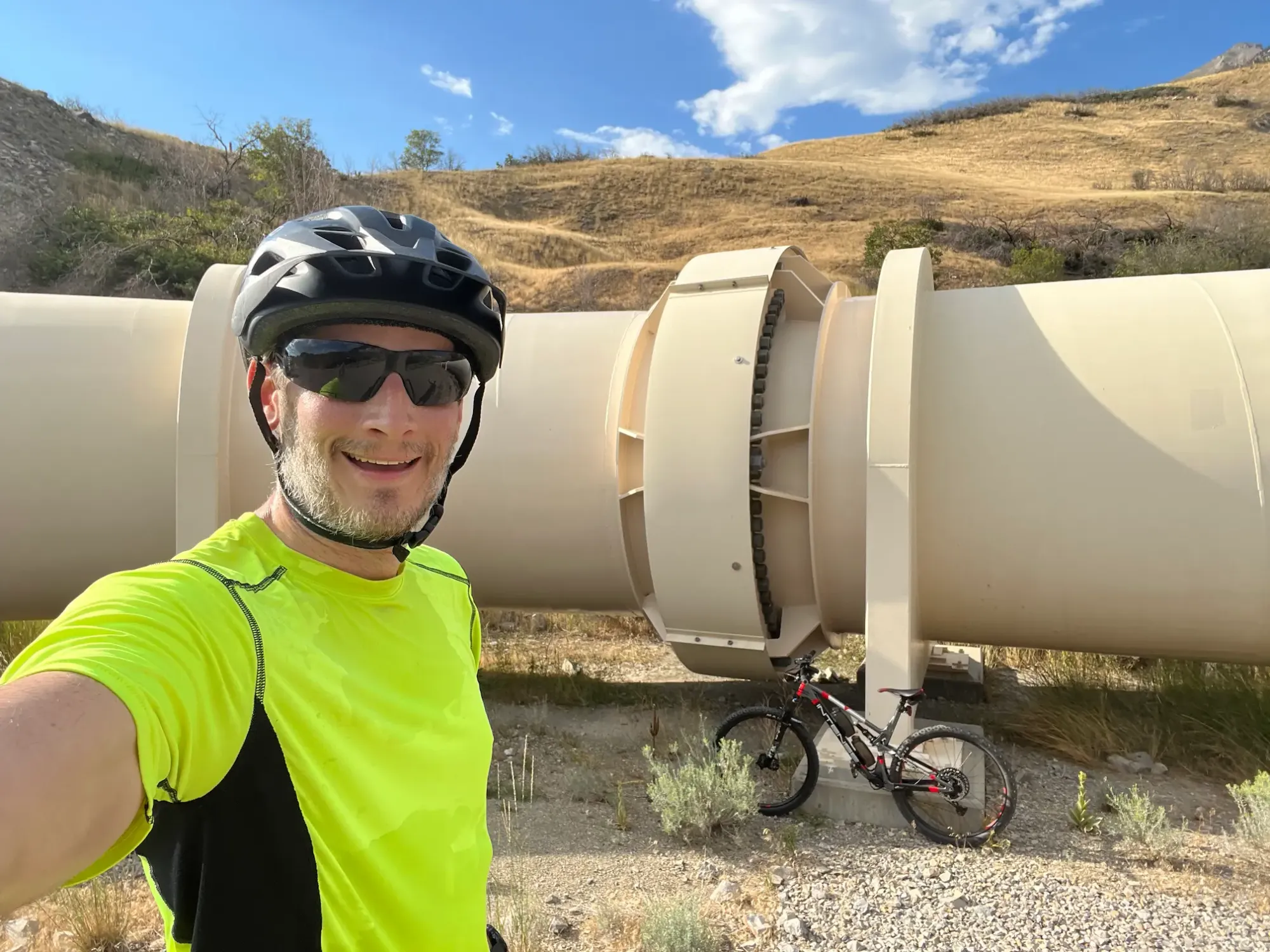
I am by no means the most physically fit person in the world. I am 6 ft tall and weigh roughly 160 lbs so I have a somewhat slender body that fits into the demands of cycling. However, I have knee issues thanks to a prior ACL tear and subsequent surgeries. I also sometimes struggle to breathe properly when riding at altitude or pushing myself at a harder-than-normal pace. I know that I have limits, just like everyone else, and understanding those limits is crucial to surviving a gravel race.
Focus on your breathing technique
Most beginner riders that I speak with tend to think that you need really strong legs to be a great cyclist. They aren't wrong... but they are missing what I would consider the most important weapon in a cyclist's arsenal: their lungs.
If you stop and think about it, what often hurts the most when you push yourself hard on your bike? Is it your legs that wear out first? Does your back or butt get sore from riding? Or, is it your lungs that are the first to fail? In my experience, my lungs are almost always the first to wear out. I find myself struggling to catch my breath after putting in a hard effort even though my legs still feel like they have more to give.
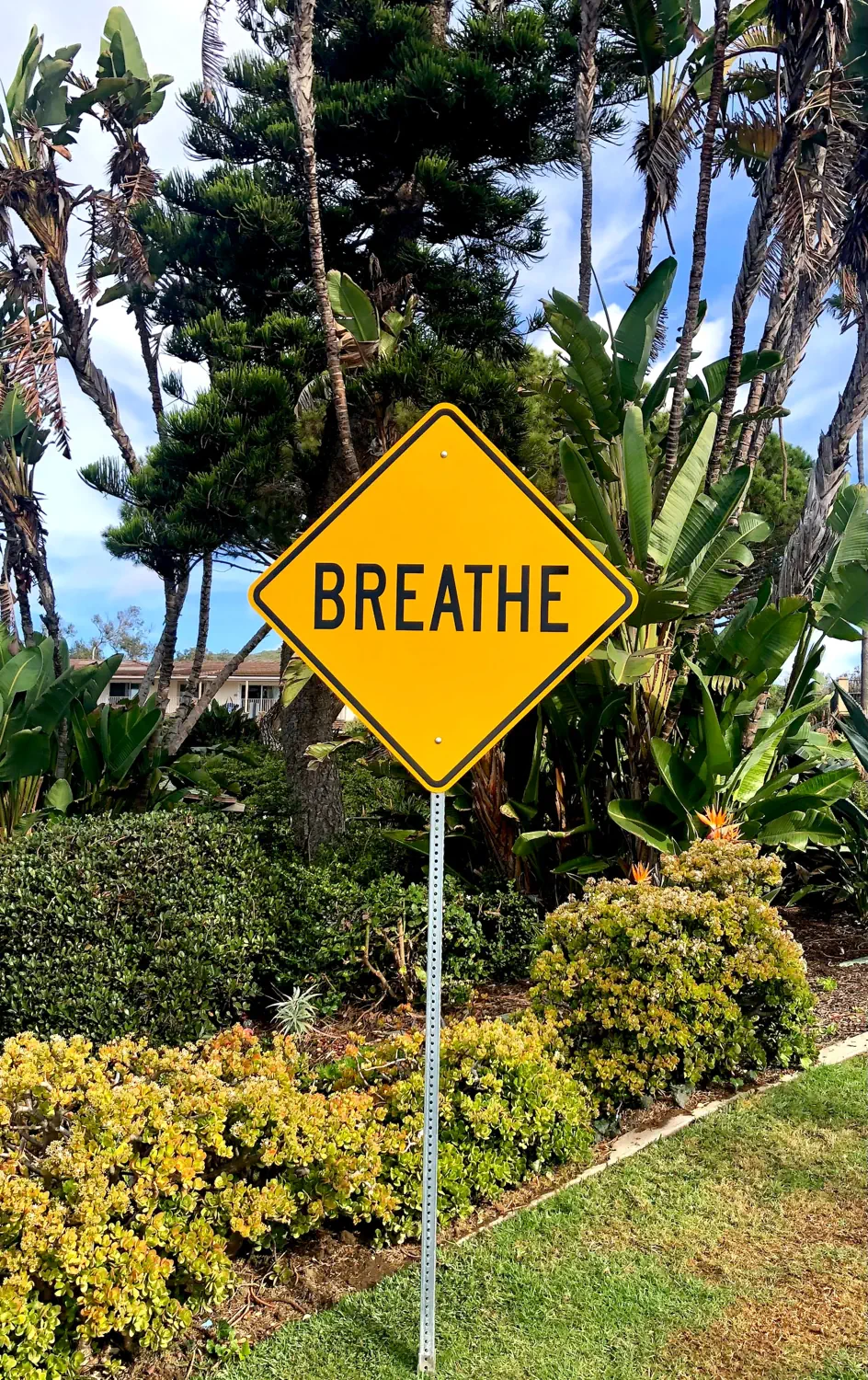
So, what can you do to train your lungs? Well, that's kind of an easy and simple task. You must focus on your breathing with the same level of concern as you do with your pedal stroke/pedal efficiency. Learning to breathe correctly while pushing yourself hard will feel very difficult at first. Please don't get discouraged. It does get easier over time... trust me!
To improve your breathing technique, I recommend that your practice the following techniques:
- Breathe in through your nose and out through your mouth. This is not always easy and/or possible to do but it will help your body to consume and process the maximum amount of oxygen from each breath.
- Practice breathing at a steady pace as you ride. Just like your pedal stroke, your breathing should be steady and consistent. You want to avoid any large swings or inconsistencies in your breathing depth and rate.
- Practice maintaining a conversation while riding. This will help you find your conversational threshold on the bike. If you are unable to hold a conversation then you are probably riding too hard for an endurance event such as a gravel race.
- Practice your breathing skills while seated and standing. Let's face it, there will be points in the race where you have to stand in order to keep forward momentum. It is important that you are familiar with how your breathing changes with this shift in body position and muscle usage.
Practice long-distance/duration rides
Gravel races can vary greatly in terms of ride distance/duration. However, it isn't uncommon for a gravel race to be at least 100 miles in length. Some gravel races can even reach multiple hundreds of miles in length. This means that you will need to be prepared for many, many consecutive hours pedaling your bike.
The only way that I have found to prepare for this sort of endurance event is to practice. The good news is that your training rides do not need to be the same length as the actual race course. Actually, none of your training rides should be that long. I have found that targeting a maximum length of about two-thirds of the race course length will more than adequately prepare you for the race itself. So, if you are targeting a 100-mile race then you would want to build up to at least a few 65-mile training rides.

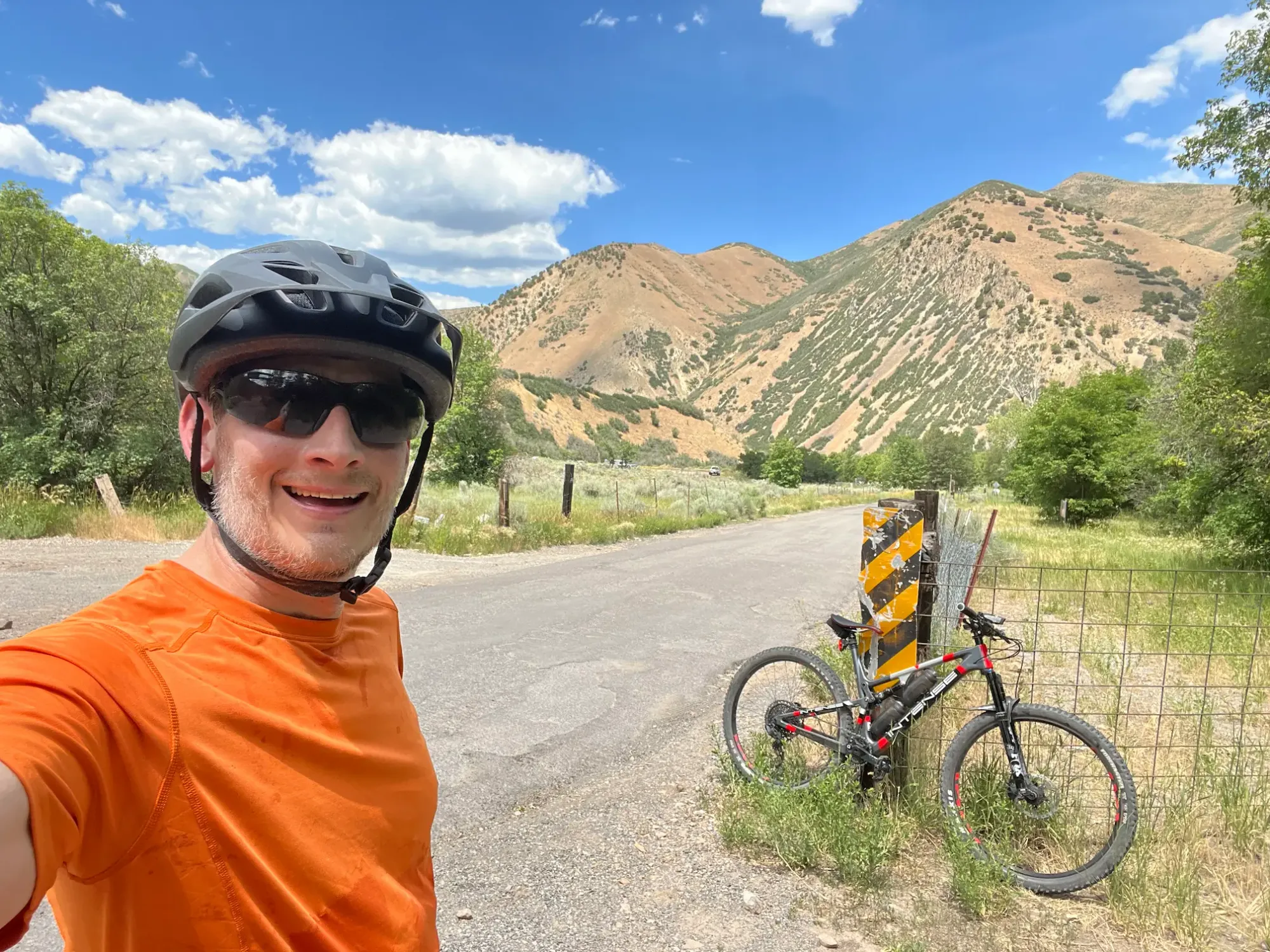
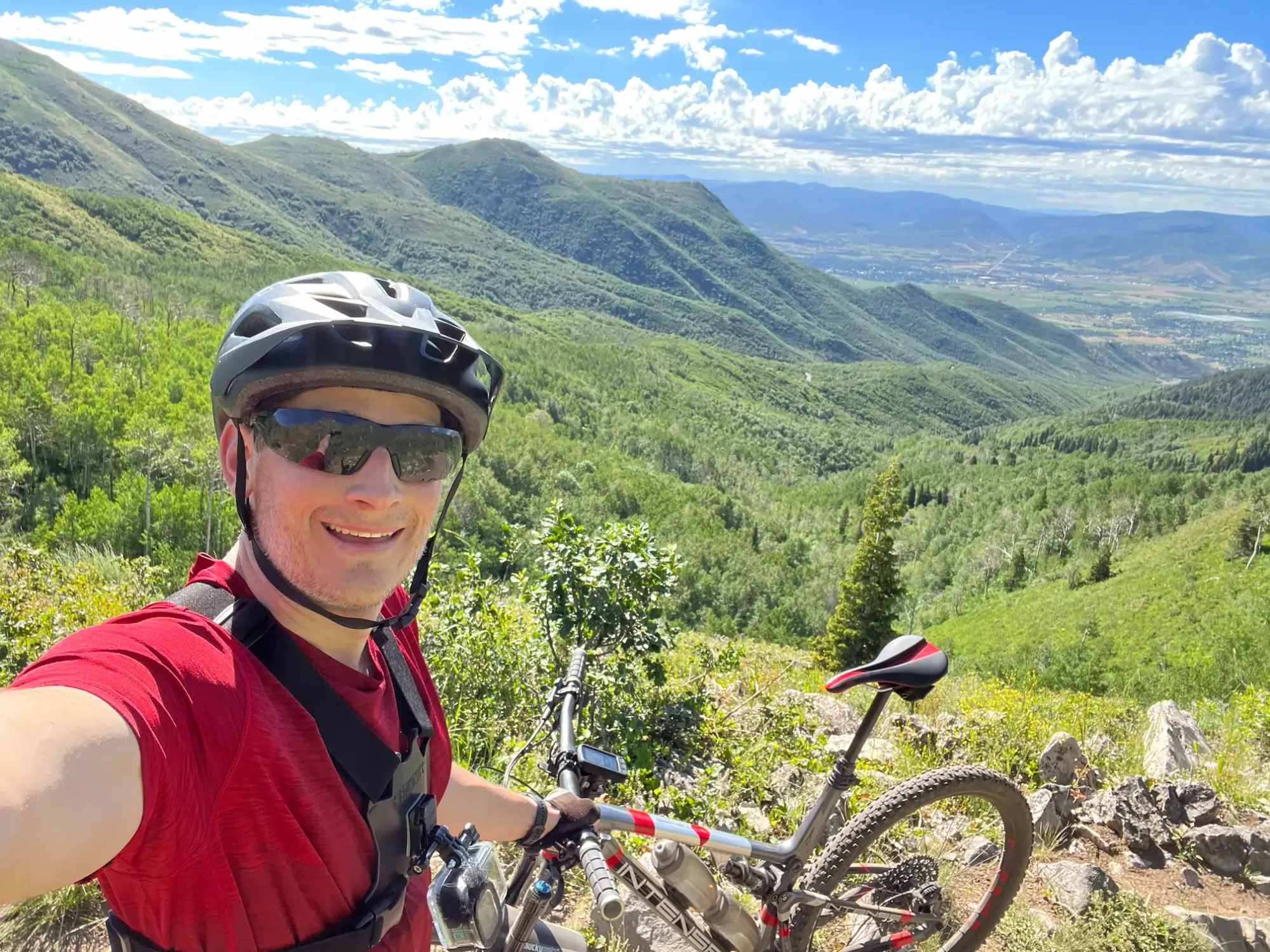
Gallery of training rides as I was building my physical endurance.
It is also important that you "build up" to that distance. You shouldn't expect to immediately be able to ride for 60+ miles if you haven't even done this before. Start small and gradually build up your fitness level. For example, start with 10-20 mile rides that take around 1-2 hours to complete. Then, once you are comfortable with that distance and duration, expand your range slowly until you reach your goal distance. If you stick with this plan, you will eventually reach your goal.
Practice hill-repeat climbing sessions
What's the one thing that can bring you to a crawl faster than anything else? A steep hill! 🥵 If you haven't spent time practicing your hill-climbing technique then you will be in for a very difficult race. Almost every gravel race course that I have seen or read about contains at least one steep hill climb. The Salty Lizard 100 race that I competed in saved the most difficult hill climb until we were almost 90 miles into the race!
Thankfully, I had spent plenty of time throughout the summer practicing my hill climbing technique so I was prepared when I finally faced this difficult climb. Whether it was a fun ride or a dedicated training ride, I always found a way to work in one or more significant hill climbs into my route. Finding hills to climb is easy for me since I literally live just a few miles from the base of the Wasatch mountains. I can easily find paved roads, gravel roads, and singletrack trails with sustained ascents to practice on.
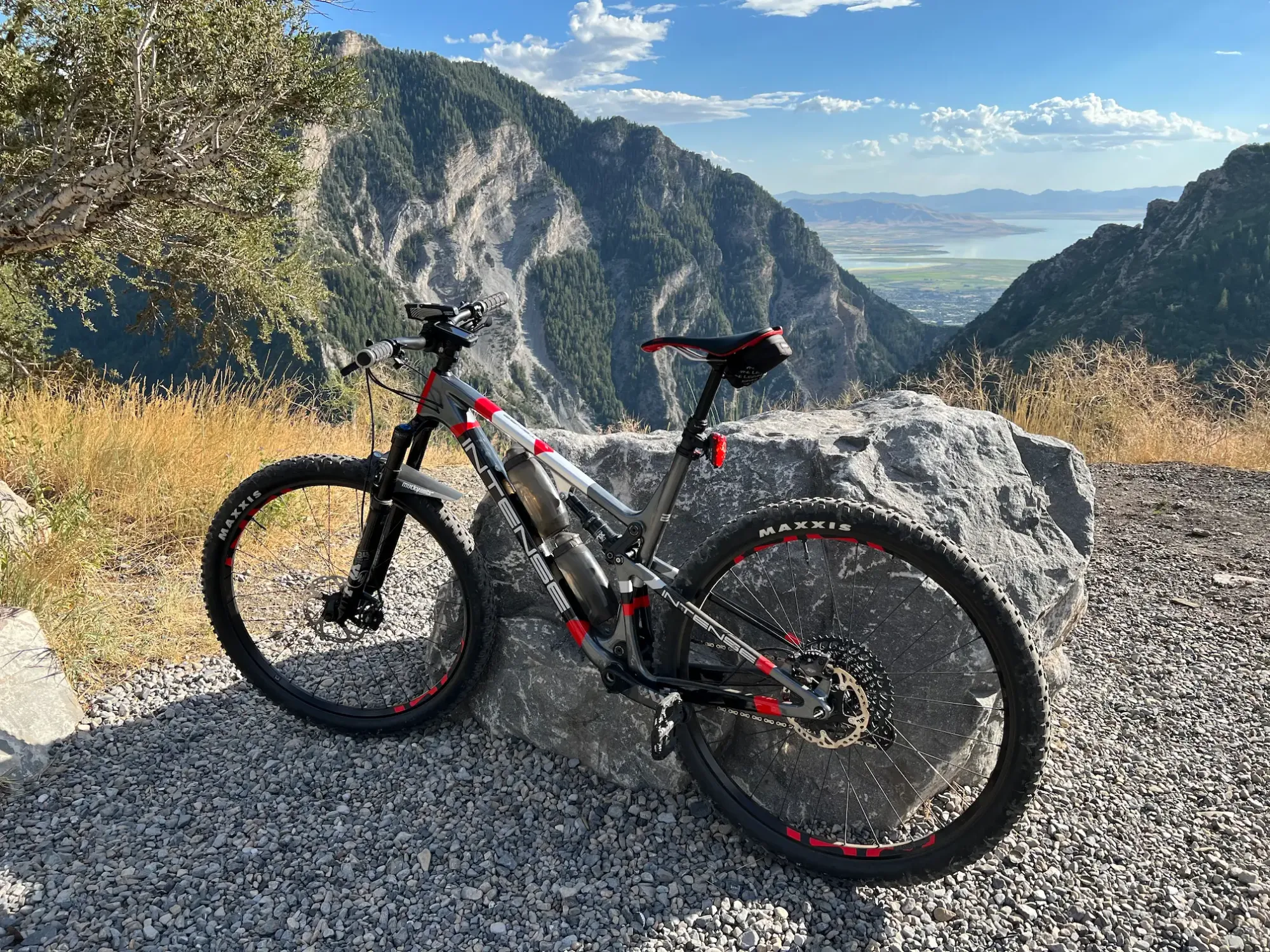
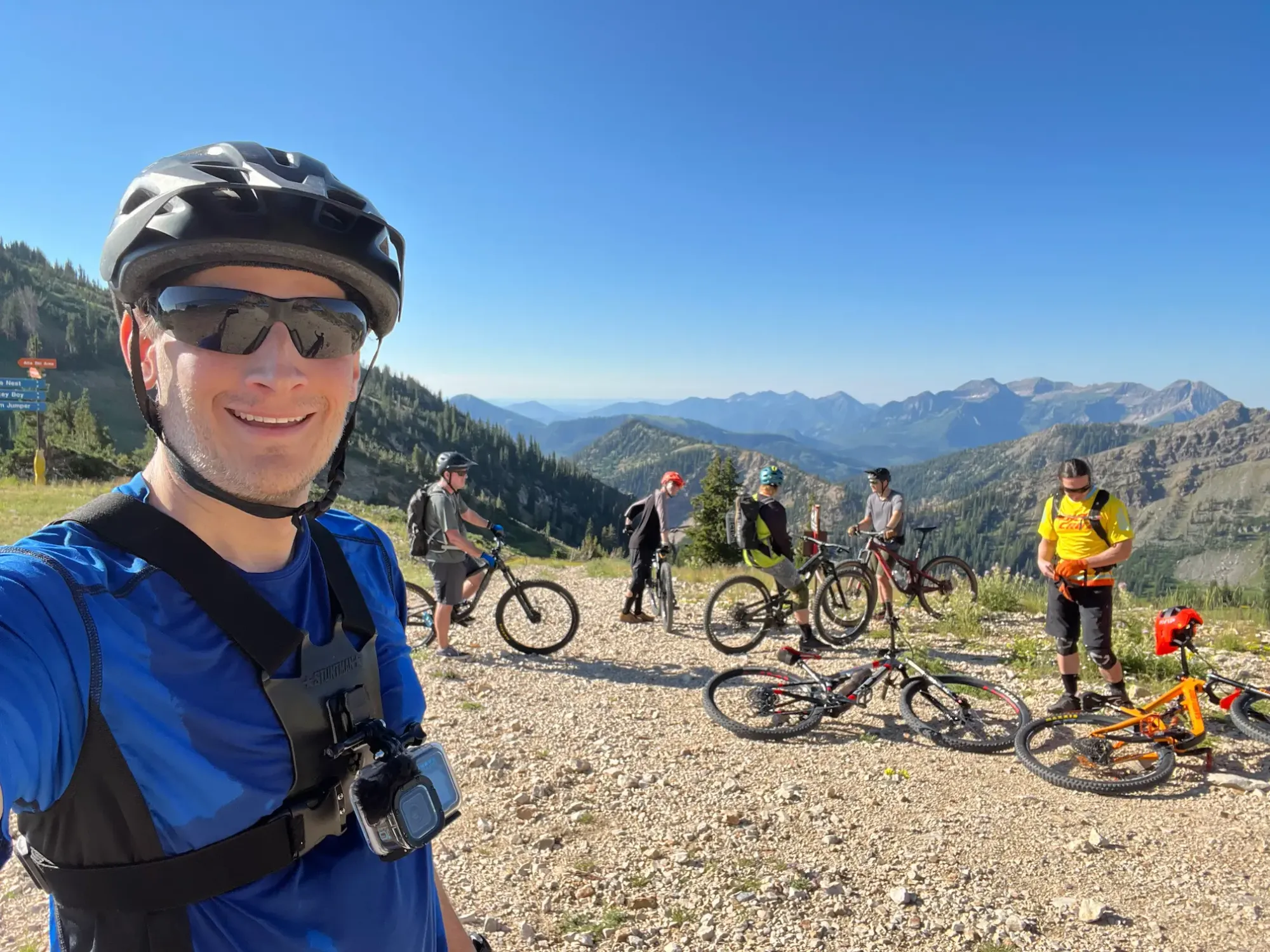
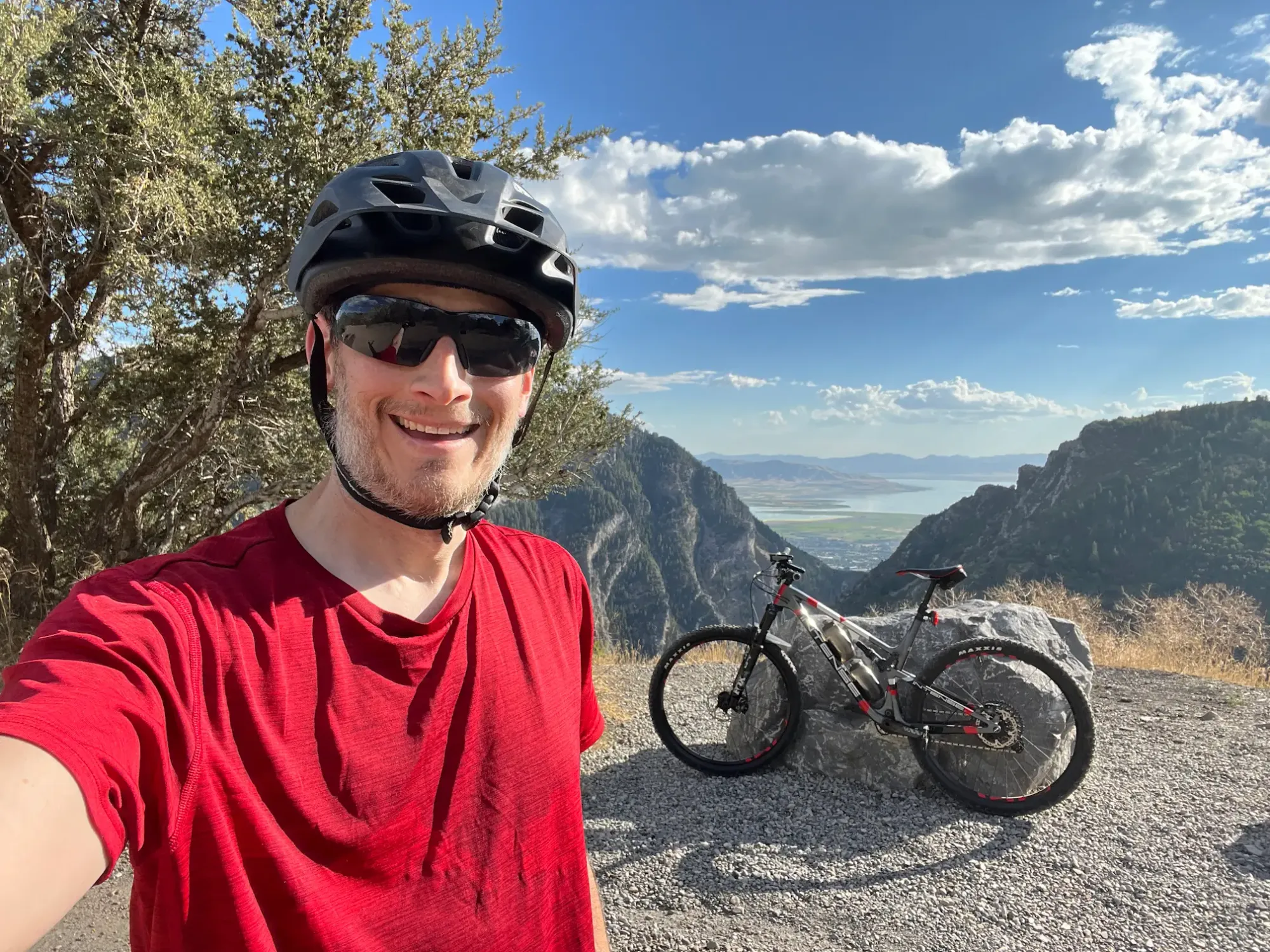
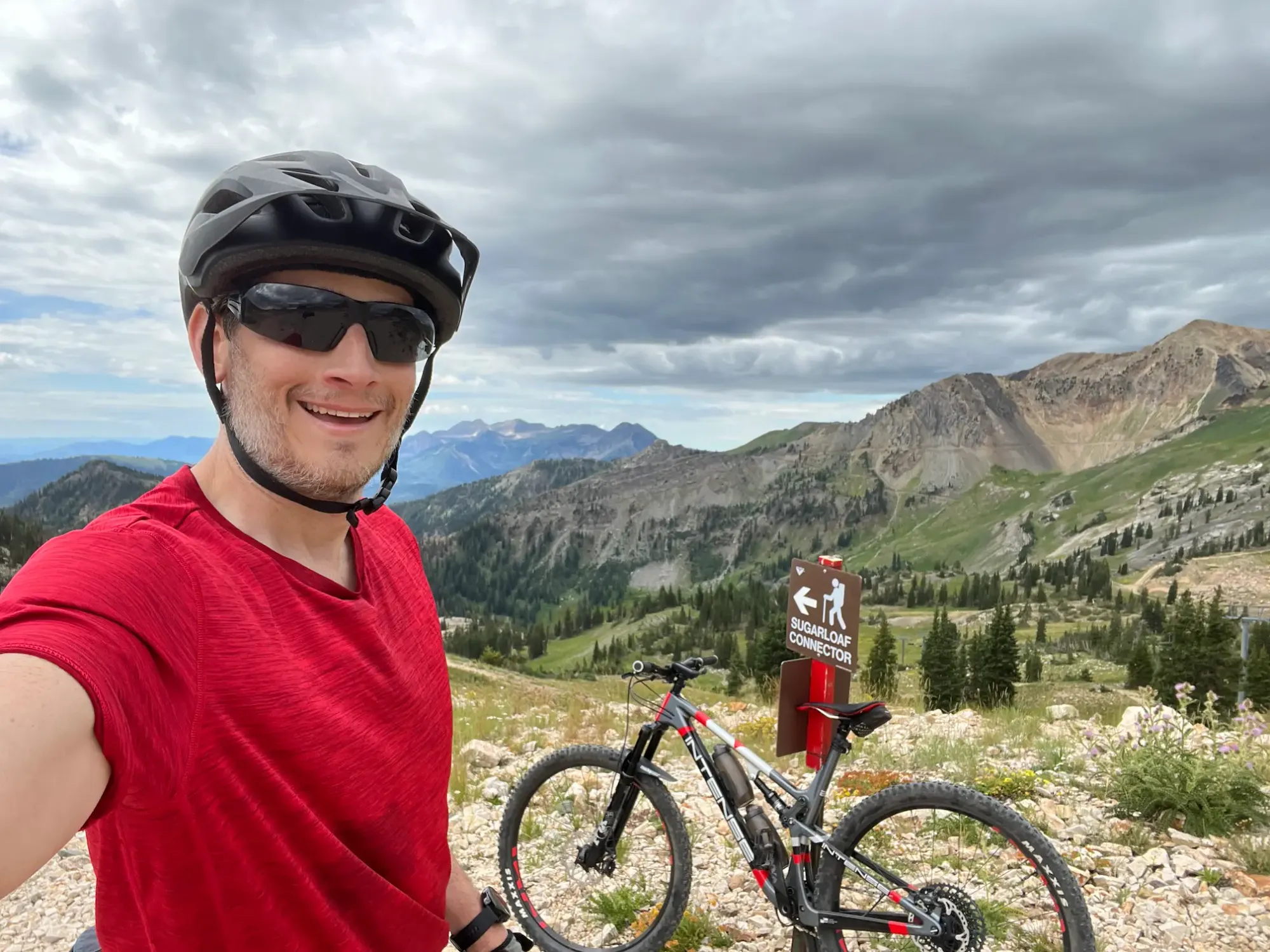
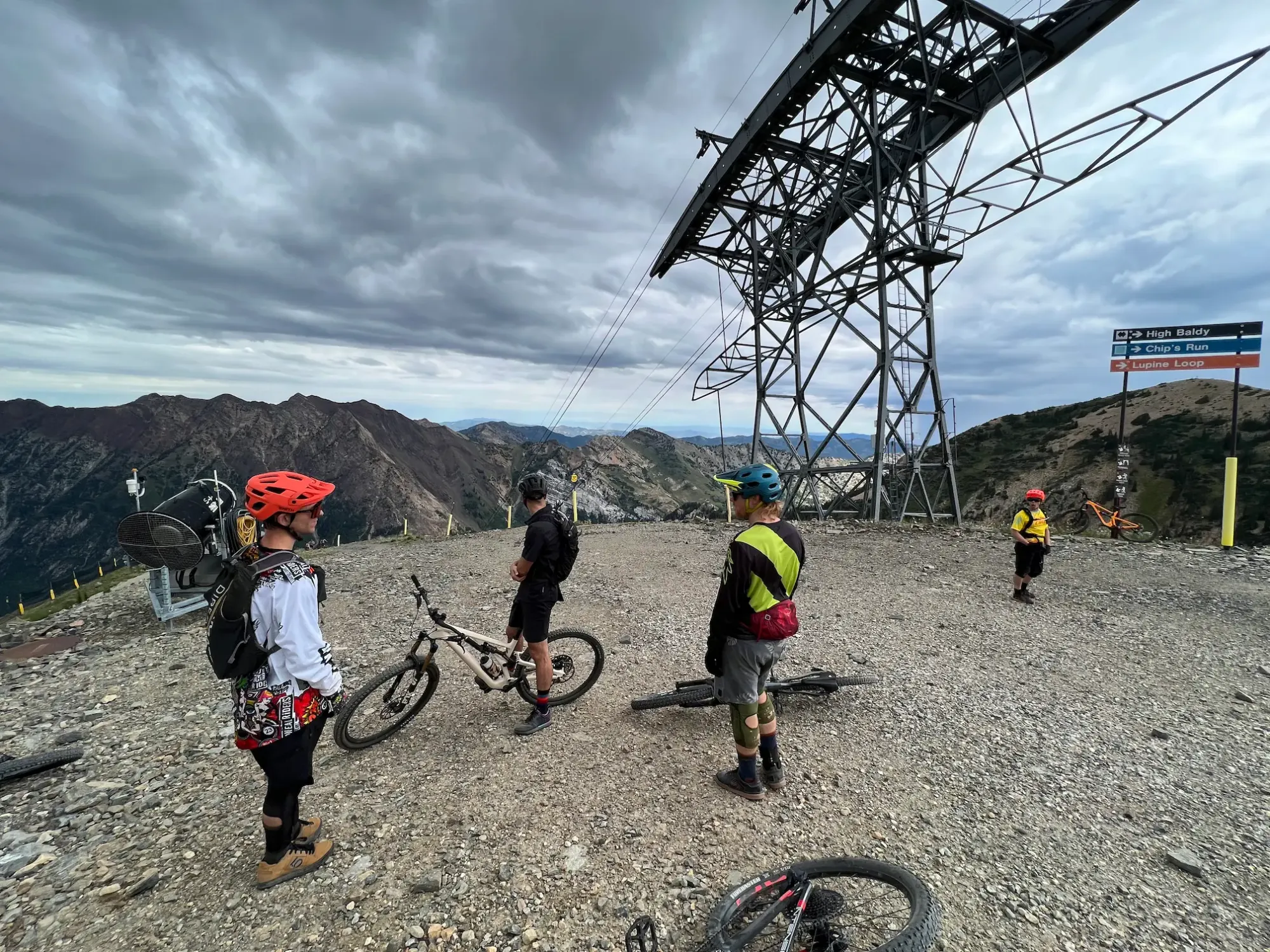
Gallery of training rides that included significant hill climbs.
If you don't happen to live in a hilly area then you may need to get creative to simulate hill climbs. For example, you can find a stretch of road that has a slight incline and try to ride it in a higher-than-normal gear. This will create additional resistance that can somewhat simulate a real road grade. You can also use a headwind to your advantage. If you can find a nice strong headwind, try pedaling directly into it. This added wind resistance can also simulate the extra load that your body will be under when tackling hill climbs during the race.
Give your body a break the week prior to the race
It's important to give your body adequate time to rebuild and heal prior to the actual race. Assuming that you have been training consistently, you will have put in a ton of work up to this point. Your body now needs some time to recover from all that training so that it can be at its full potential for the actual race.
I found that my body needed a full week of recovery time in order to actually feel fully recovered. During the week before the race, I only went on two very short slow-paced rides. I used these rides as a means to keep my muscles loose but I intentionally kept the intensity as low as possible so that I wasn't straining my body in any way. This approach worked wonderfully for me prior to the Salty Lizard 100 gravel race.
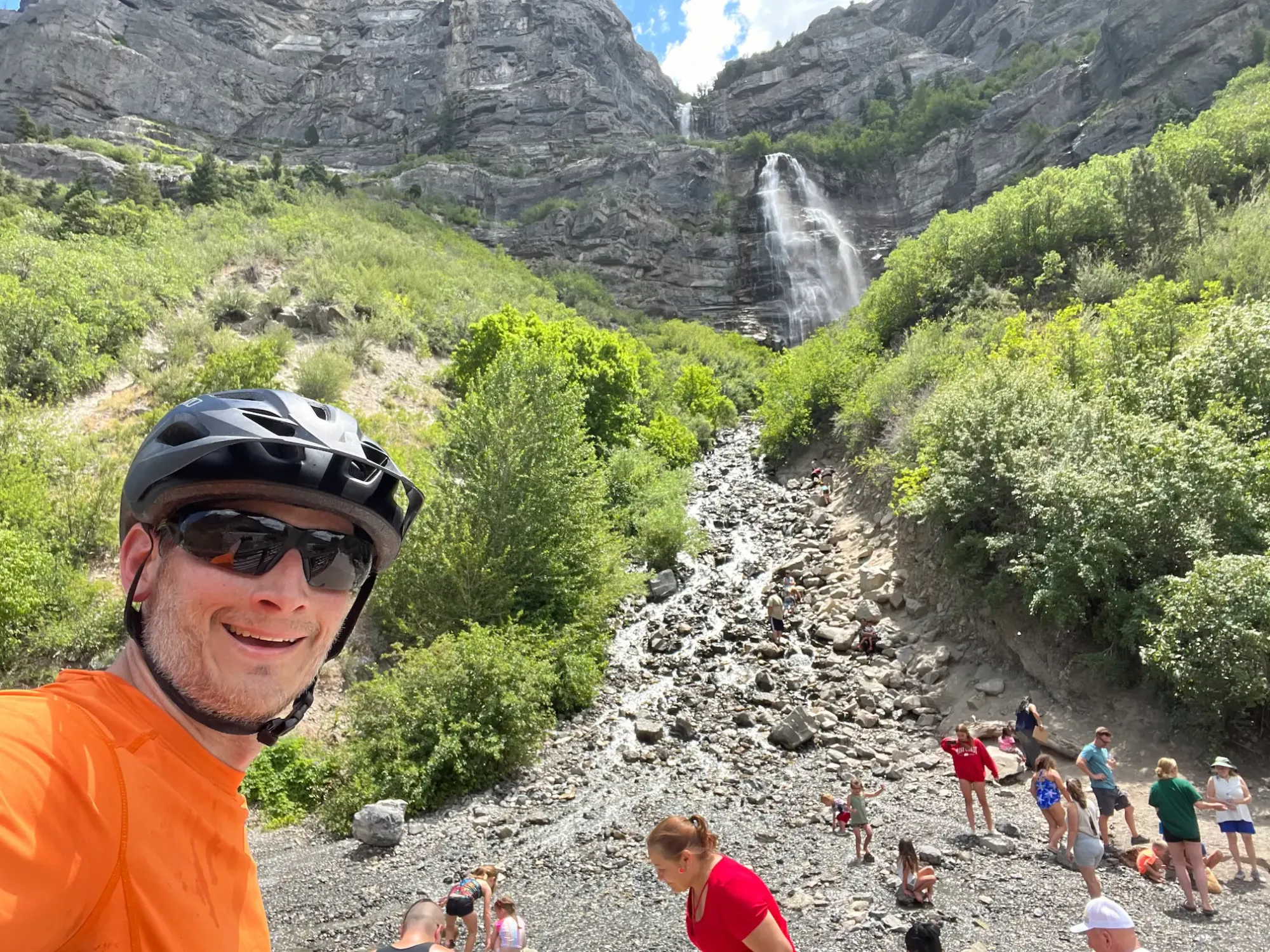
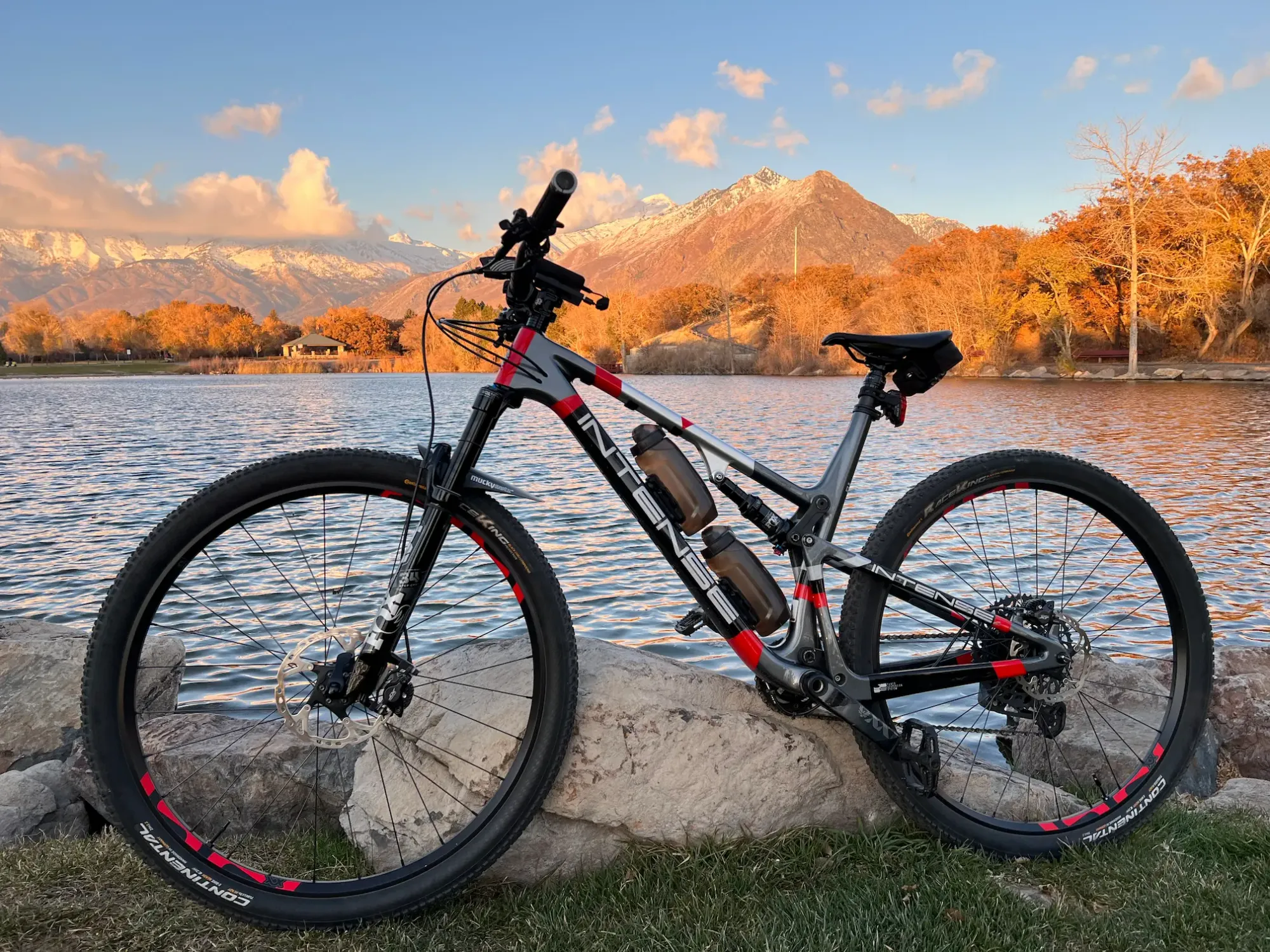
Gallery of recovery rides to local scenic areas.
I also used the week before the race as a time to rehydrate and replenish my body with all the nutrients that it would need for the race. I always drink a lot of water but during this last week, I drank tons of water and electrolyte drinks. I also made sure to eat a well-balanced mix of carbs, fats, and vegetables. I am not even going to pretend that I am a nutritionist that can tell you what and when to eat before a big race. All I can tell you on this subject is to eat real food and avoid any overly processed foods. Trust me, your gut will thank you during the race.
Get out there and go for it!
There you have it, that was my take on how to build the necessary physical endurance required for a gravel race.
What do you think of this plan? Are there any key areas that you feel I missed? Do you have any additional recommendations for future gravel racers? Engage with us in the comments section below to let us know what you think about this article. 👇 💬


